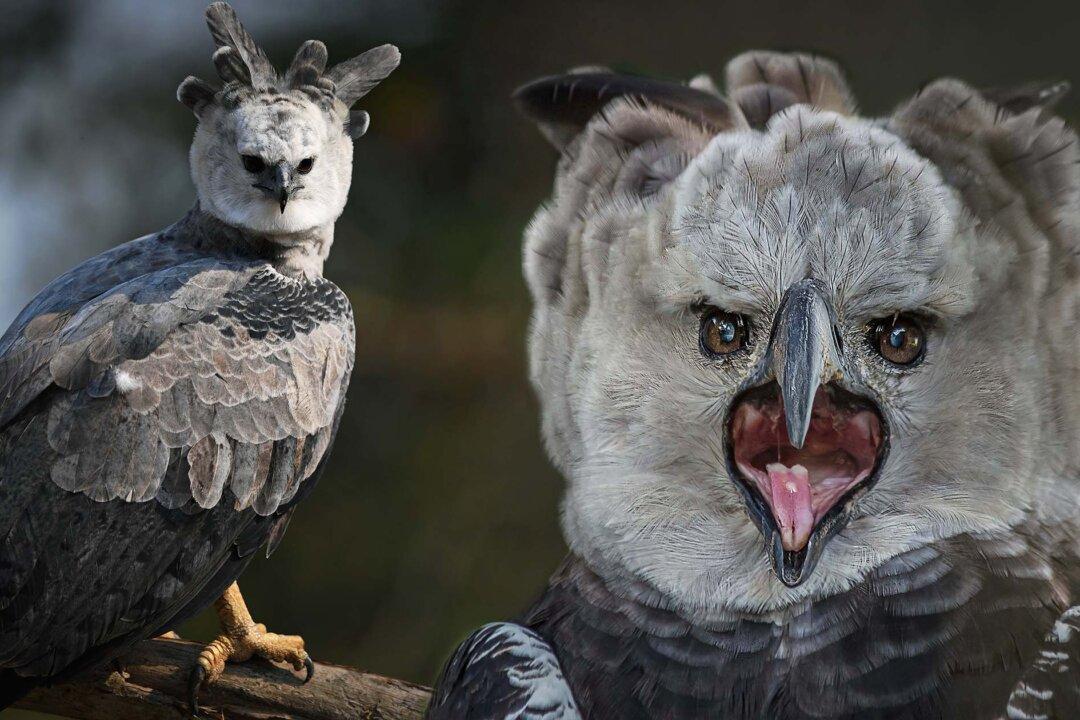Disclaimer: This article was published in 2023. Some information may no longer be current.
For a bird named after a horrid beast from Greek mythology, this raptor of unmatched power and majesty is pretty incredible. The “harpy eagle” was so named because of its resemblance to the chimerical harpy—storm spirits with the face of a woman and body of a bird who carried dead souls to the underworld, Hades.






